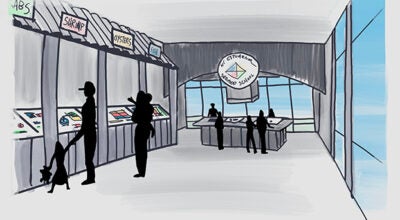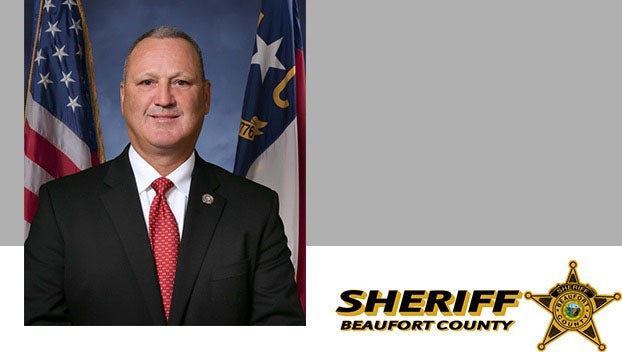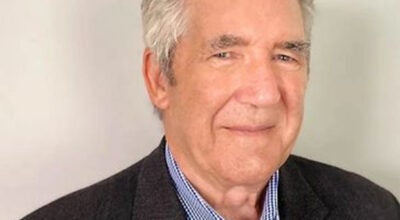Report gives city clean bill of health for its water sources
Published 7:22 pm Monday, July 23, 2018
Washington’s drinking water is safe, according to the latest report.
The report, required annually by state law, is a snapshot of water quality during 2017. “Our constant goal is to provide you with a safe and dependable supply of drinking water. We want you to understand the effort we make to continually improve the water treatment process and protect our water resources,” reads the report. “We are committed to ensuring the quality of your water and to providing you with this information because informed customers are our best allies.”
In addition to supplying water to city customers, the city also supplies water to some Beaufort County water customers. The city has eight wells it uses to provide water to customers. Beaufort County’s water system (south side) has six sources of water. Those wells and other sources are monitored and tested regularly. Each of those sources has a susceptibility rating of lower.
The N.C. Department of Environment and Natural Resources’ Public Water Supply Section operates the Source Water Assessment Program. The assessments are made to determine the susceptibility of each water source to potential contaminant sources. The relative susceptibility rate for each Washington water source and each Beaufort County (south side) water sources was determined by combining the contaminant rating (number and location of potential contaminant sources within the assessment area) and the inherent vulnerability rating (characteristics or existing conditions of the well or watershed and its delineated assessment area).
The assessments provide information on possible contaminants, such as lead, copper or coliform bacteria, in the water sources.
To make sure tap water is safe to drink, the Environmental Protection Agency prescribes regulations that limit the amount of certain contaminants in water provided by public water systems. Food and Drug Administration regulations establish limits for contaminants in bottled water, which must provide the same protection for public health.
“Drinking water, including bottled water, may reasonably be expected to contain at least small amounts of some contaminants. The presence of contaminants does not necessarily indicate that water poses a health risk,” reads the report. “In order to ensure that tap water is safe to drink, EPA prescribes regulations which limit the amount of certain contaminants in water provided by public water systems. FDA regulations establish limits for contaminants in bottled water, which must provide the same protection for public health.”
The assessments show that levels of contaminants, inorganic materials and water temperate are within or below acceptable levels or ranges.
The report notes it is customary for water systems using chloramines to revert back to free chlorine for about 6 weeks annually. The City of Washington typically does this in April and May. Free chlorine serves to remove any microbial growth that may have formed while using chloramines, which is a less potent but more stable disinfectant. This is a standard water treatment practice to keep our distribution system clean and free of potentially harmful bacteria.






